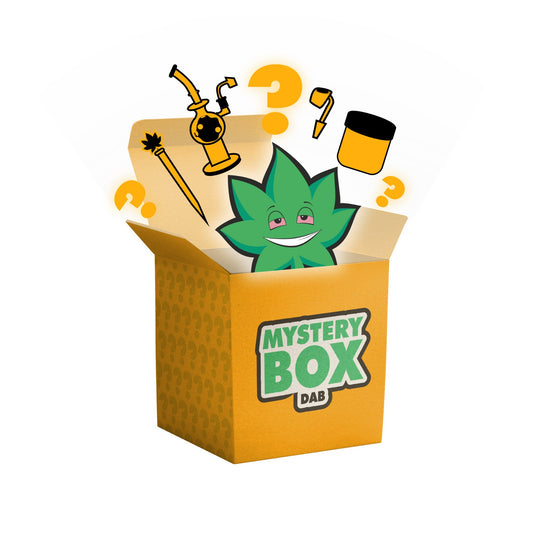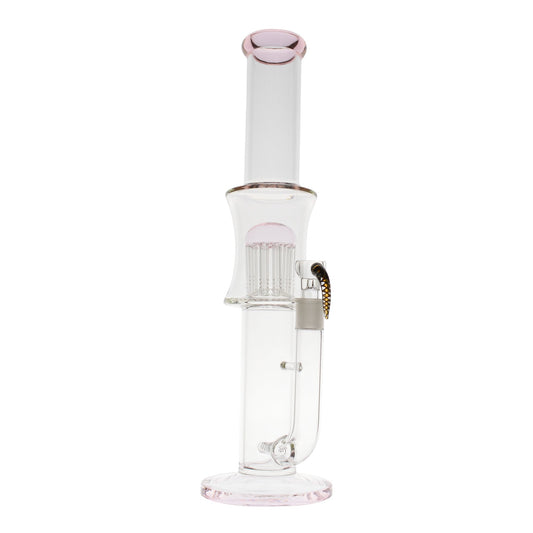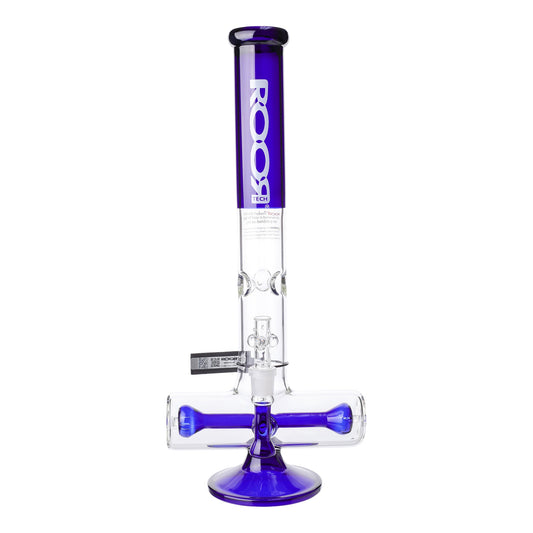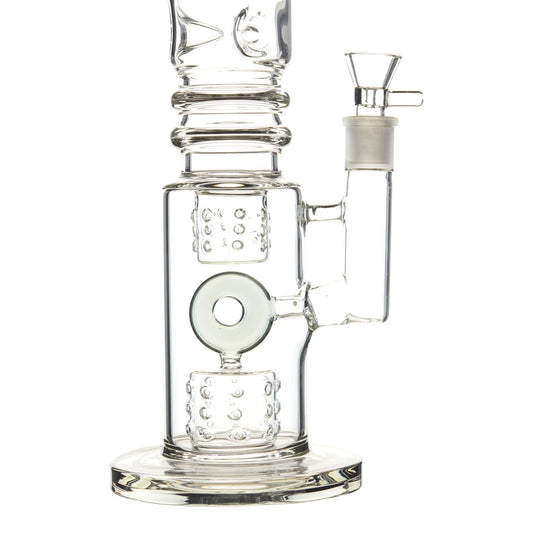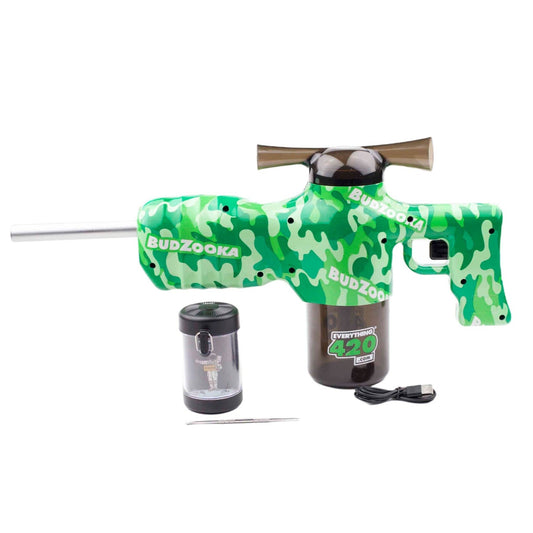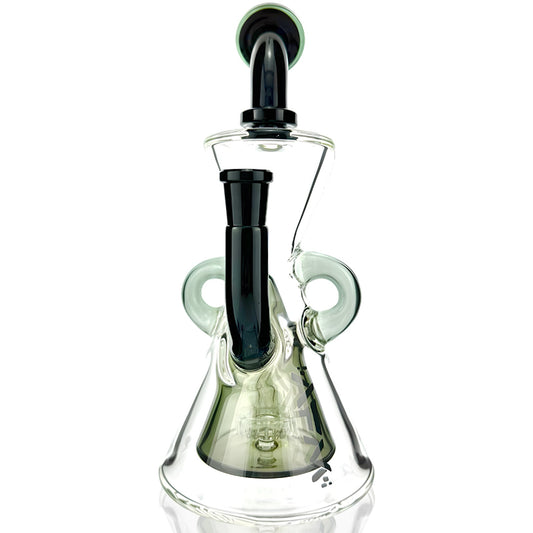So you want to try your luck at growing herb at home? There are many pot smokers who feel the same way. It may be a lot more work to grow your stash than to buy it at a dispensary, but you will have full control over the strain, growing conditions, and what type of nutrients are used (organic please). Home 420 cultivation often saves you money, especially over the long term since most supplies like pots, grow lights, and bulk nutrients can be reused. Legitimate herb farms need to cover the cost of workers, taxes, packaging, licenses, and more, which are passed onto the consumer with a markup. On the other hand, cheap black market pot is not tested for harmful chemicals, mold, or heavy metals and who knows the conditions the plants grew in or what they absorbed in the process. As legalization for medical and recreational use spreads, more people prefer to grow their own stash; however, it can be difficult to find information about legal grow states and it’s essential to grow within the law since there are hefty penalties.
Places where growing herb is legal
Just because a state has legalized recreational or medical use, it doesn’t necessarily mean that cultivation is legal as well. 18 U.S. states (roughly half of those who have legalized in some way) have also legalized home cultivation. Since cannabis is still illegal at the federal level though, each state decides on the regulations they impose for home grows. That means the answer to questions like “how many plants can you grow with a medical card?” and “how many plants can you grow for personal use?” are specific to each state. Check out NORML’s state law page and the NCIA website for clear and up-to-date information regarding home grows.
Alaska - Medical and Recreational
Alaska has fully legalized herb for anyone age 21 and over. Adults can grow up to six plants per person with three plants flowering at any given time. That means growers can have a rotation of three mature plants and three seedlings for a constant supply. Even if there are more than one or two adults living together, there is a maximum of 12 plants per household with up to six flowering at once.
Arizona - Medical only
Cultivators in Arizona must be a medical patient or caregiver and plants can be grown at either household. There is a six plant maximum per residence and the plants need to be in a locked and enclosed area.
California - Medical and Recreational
The Golden State was the first to legalize medical pot and has one of the most lenient medical cultivation laws. MMJ patients can grow up to 100 square feet of pot per household with no limit on the number of plants that can fit in that area. Any adult can grow up to six plants. Be warned that there are some California cities that don’t allow cultivation, so check local websites and forums.
Colorado - Medical and Recreational
The maximums for recreational and medical grows are the same in Colorado. Both can grow up to six plants with three of them mature. However, caregivers for MMJ patients are able to work with five patients and grow up to 36 plants total on their behalf.
Hawaii - Medical only
Surprisingly, recreational smoking is still not legal in the Aloha State, but it is decriminalized. MMJ cardholders and caregivers 18 years or older with a 329 card are allowed to have 10 plants at one time. Caregivers need to tag each plant with their 329 card number and the residential grow area must be submitted to the Hawai’i Department of Health. Patients can carry four ounces of bud on them without penalty.
Maine - Medical and Recreational
Any adult can have up to 15 plants total, three of which can be flowering at one time. Medical patients or caregivers can have up to six flowering plants at once.
Massachusetts - Medical and Recreational
Six plants per adult is allowed with up to 12 plants per residence. The plants must not be visible from a public area like the sidewalk or street.
Michigan - Medical and Recreational
Adult smokers and medical patients can grow up to 12 plants. Michigan has quite a few regulations in place on where you can grow. Indoor grows need to be in an enclosed and locked area. Outdoor grows can’t be visible to neighbors, even from second or third story buildings. The plants need to be in a fixed structure with either a fence or wall that restricts access to the public. According to the government’s website, the property can be owned, leased, or rented, however be sure to check your lease as growing is oftentimes explicitly mentioned.
Missouri - Medical only
Medical patients must register with the Missouri Department of Health and receive an ID card. They will then be able to grow up to six flowering plants in an enclosed and locked area at their residence.
Montana - Medical only
Any adult caught with less than one ounce or bud, or four plants or less will not be penalized. MMJ cardholders can grow four flowering plants and four immature plants at one time. If there are multiple MMJ cardholders at a single home, that number is doubled. Medical patients can have one ounce of dry herb per person at any given time.
Nevada - Medical and Recreational
Recreational users that live over 25 miles away from a legal dispensary can cultivate six plants per adult with a maximum of 12 plants per household. Those within the state’s medical program can grow 12 per person. That number decreases if they live less than 25 miles from a dispensary unless they are growing a specific strain that isn’t readily available at dispensaries.
New Mexico - Medical only
Patients are allowed to grow 16 plants in total with four in the flowering stage.
Oklahoma - Medical only
Adults need to get a state license for growing medical cannabis after which they can have six immature and six mature flowering plants at one time.
Oregon - Medical and Recreational
There are no fines or penalties for adults growing four plants at their residence. Six mature plants and 18 seedlings are allowed for medical users.
Rhode Island - Medical only
A whopping 12 flowering plants and 12 immature plants are allowed per residence in Rhode Island for medical use. All plants need to be cultivated at a single indoor location. MMJ cardholders can create a co-op and grow their plants together at a non-residential location with up to 48 flowering and 48 immature plants total.
Vermont - Medical and Recreational
Six plants with only two flowering can be grown by any adult. That number rises to nine plants for medical patients, however still only two can be flowering.
Washington - Medical only
Medical users need to register in the Washington “voluntary” patient database before being allowed to grow up to six plants. Patients can get a doctor’s authorization note if more herb is needed for medicinal purposes. This can increase the number of plants up to 15 per household.
Washington, D.C. - Recreational only
Adults over the age of 21 can grow up to six plants with three flowering. “Small amounts” can be sold at cost with no profit for the grower. Unlike all other states, medical patients are not allowed to cultivate.
In need of new glass to test out your first crop? Visit our online headshop for the best dry herb vaporizers, rolling papers, rolling trays, blunt wraps, glass pipes, and more.














